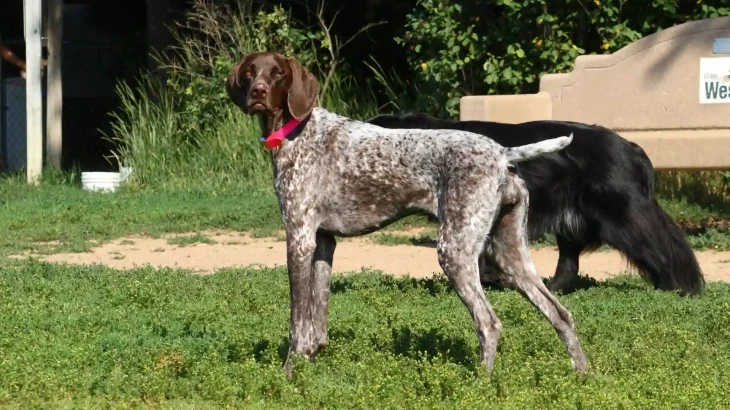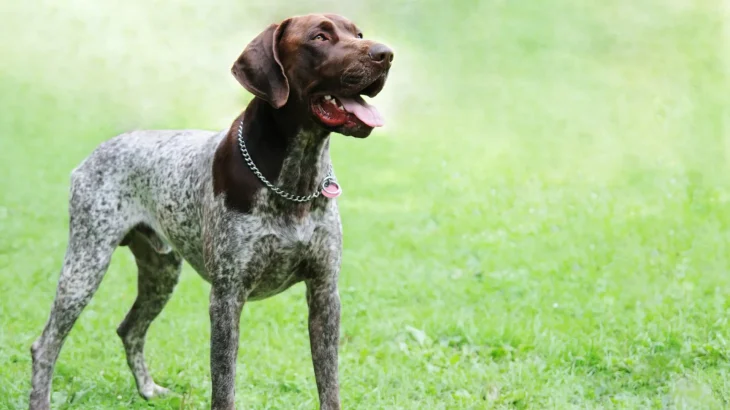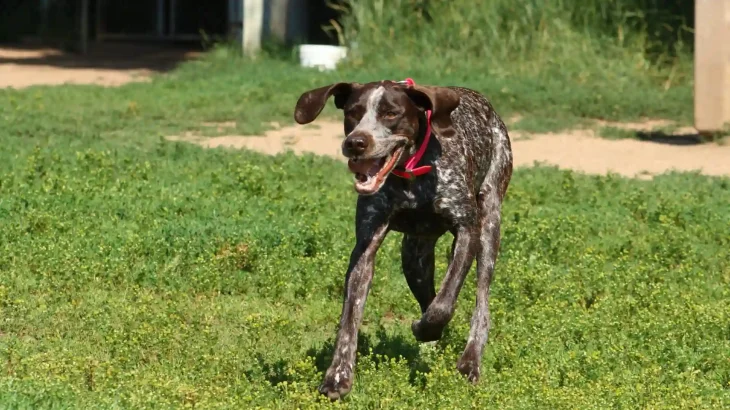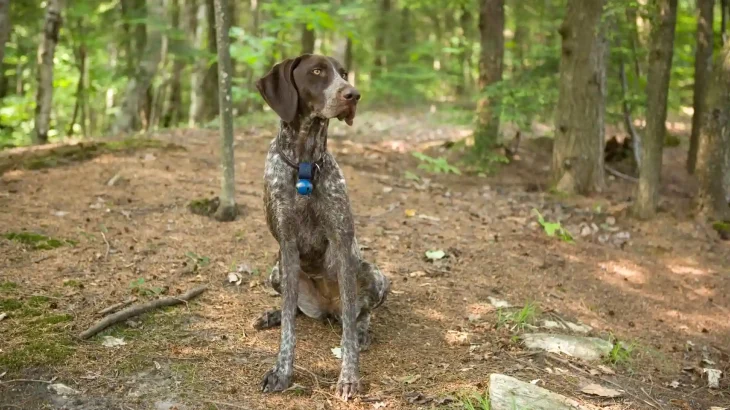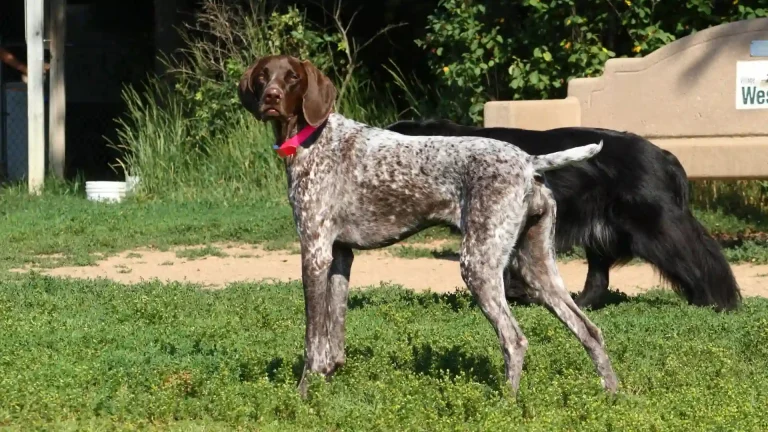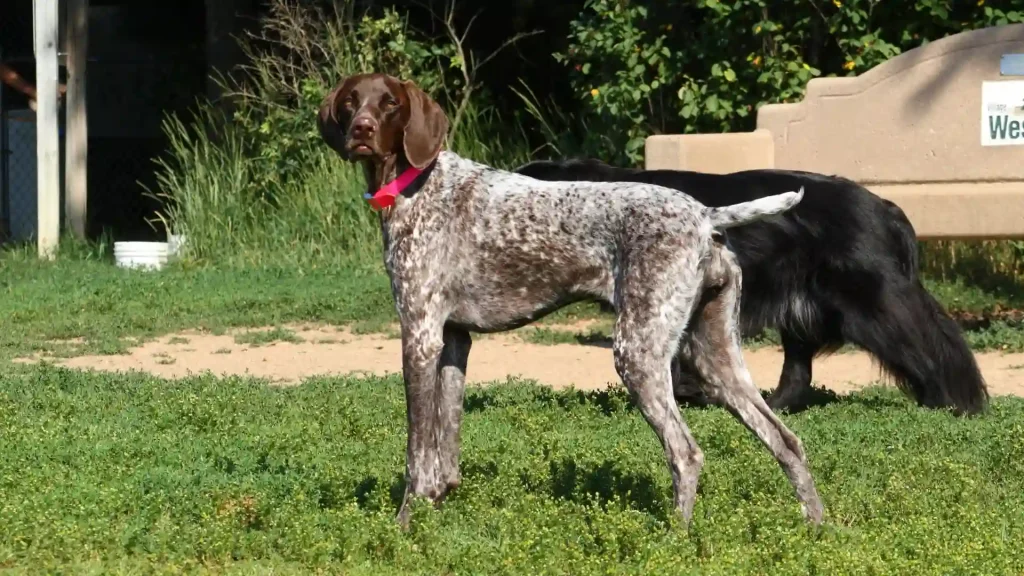When choosing a German Shorthaired Pointer puppy, deciding between adoption and purchasing from a breeder involves weighing factors like health transparency and ethical considerations. Adopted puppies can come with varied unknown backgrounds but offer a chance to save a life, while buying from a breeder tends to provide detailed lineage information and breed-specific insights.
Adoption vs. Breeder: Pros & Cons
| Criteria | Buying from Breeder | Adopting from Shelter/Rescue |
|---|---|---|
| Cost | Typically higher, ranging from $800 to $2,000 for a puppy with pedigree and health screenings. | Generally lower fees, often between $150 and $400, which may include initial medical care. |
| Health History | Comprehensive health records and genetic testing are usually provided, aiding in assessing potential issues. | Health history can be uncertain; shelters perform basic exams but detailed lineage is often unknown. |
| Age Availability | Primarily puppies, allowing you to raise the dog young and aligned with breed traits. | Varies widely including puppies to adults, offering flexibility but less predictability. |
| Temperament Insight | Breeders can inform about parents' temperaments and breed behaviors, helping predict personality. | Shelter staff may provide observed behavior insights, but background temperament can be unclear. |
| Supporting Practices | Supports responsible breeding with ethical breeders focused on health and breed standards. | Supports animal welfare by rescuing dogs needing homes and reducing shelter populations. |
| Ethical Considerations | Depends on breeder ethics; responsible breeders focus on health while some prioritize profit. | Gives a home to a dog that might otherwise face euthanasia or long shelter stays. |

